Cigar Galaxy or M82 | ||||
The fumes red of the Cigar galaxy |  Automatic translation Automatic translation | Updated June 01, 2013 | ||
To celebrate 16 years of success, the Hubble Space Telescope, the two space agencies, NASA and European Space Agency (ESA), released this beautiful image of the irregular galaxy, Messier 82 (M82) also called, the cigar galaxy. In the center of this galaxy there is a huge concentration of young stars embedded in gas and dust. The super galactic winds generated by these stars compresses enough gas to give rise to even greater star. In M82, young stars are crammed into tiny clusters of stars, but massive. These masses congregate by the dozens and emit light output as "lumps" in the central part of M82. Clusters can not be distinguished in this Hubble image. Most objects pale and white, who sprinkle the area around M82 that look like fuzzy stars are actually individual star clusters about 20 light years in diameter. These clusters can contain up to one million stars. The rapid pace of star formation in this galaxy, finally undergoes his own restraint. When star formation becomes too intense, it will consume and destroy the material needed to make more stars. The twinkling stars, will die, probably within a few tens of millions of years. | Located 12 million light years away, M82 appears high in the air spring in the north in the direction of the constellation Ursa Major. If it is called the "Cigar Galaxy", is due to the elliptical shape produced by the oblique tilt of its starry disk. The images were captured in March 2006 with the Advanced Camera for Surveys' Wide Field Channel. Astronomers have assembled this mosaic of six composite images by combining exposures taken with four colored filters that capture starlight from visible wavelengths and infrared as well as the light of glowing hydrogen filaments. Image: This beautiful image, taken in March 2006 of the starburst galaxy, Messier 82 (M82) is the net, wide viewing angle, never obtained. | 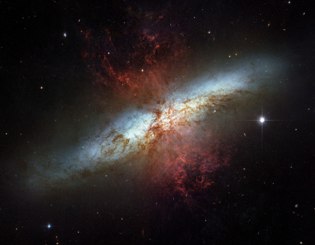 | ||
The cigar in the infrared | ||||
Cigar galaxy was once considered an irregular galaxy. | No theory could explain the observed data, although it was suggested that the object could be a "micro-quasar", with very high brightness fairly stable. Image: Chandra X-ray Observatory image of the cigar galaxy in X-ray. | 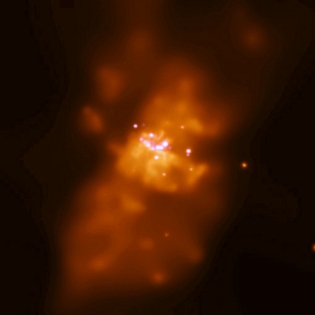 | ||
"The data available on this site may be used provided that the source is duly acknowledged."



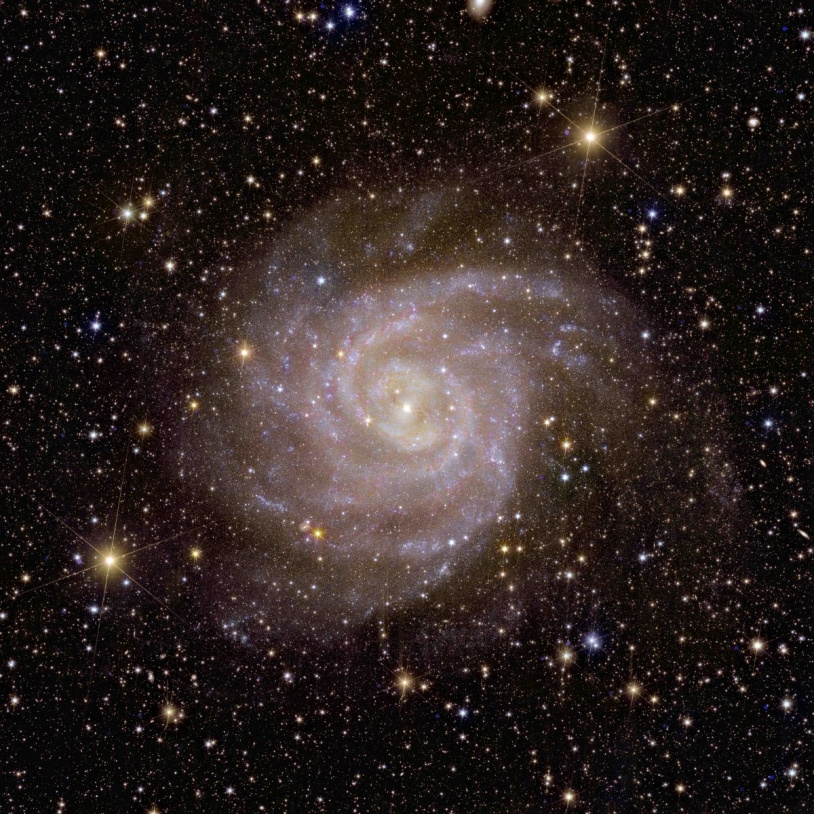 The hidden galaxy, one of Euclid's first images
The hidden galaxy, one of Euclid's first images
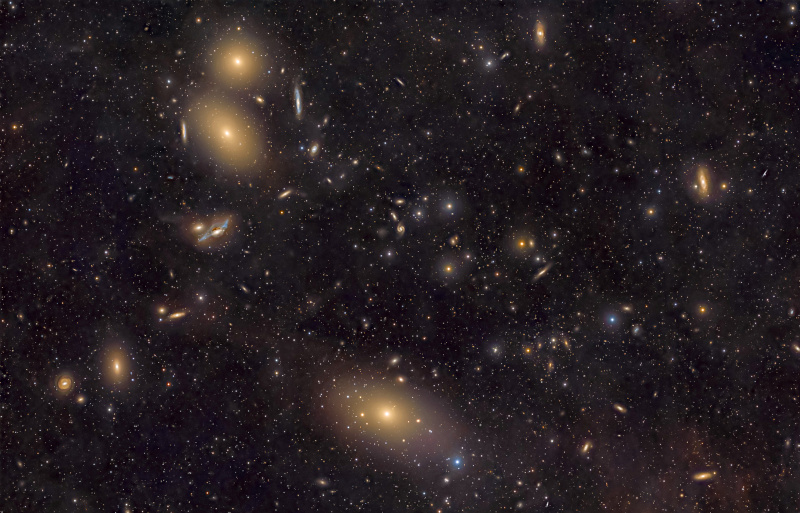 The Virgo Cluster spans approximately three Full Moons
The Virgo Cluster spans approximately three Full Moons
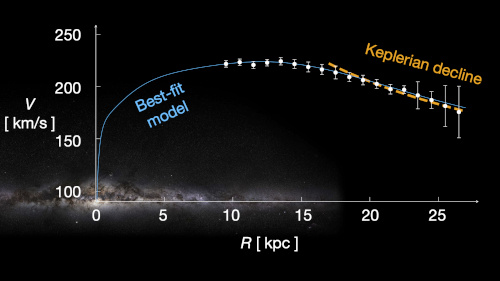 Where did the dark matter in our Galaxy go?
Where did the dark matter in our Galaxy go?
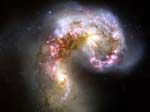 Merging galaxies and black holes
Merging galaxies and black holes
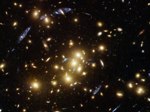 Mirages created by gravitational lenses
Mirages created by gravitational lenses
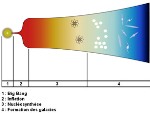 Mystery of the Big Bang, the problem of the horizon
Mystery of the Big Bang, the problem of the horizon
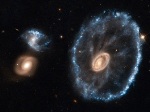 Cartwheel Galaxy Cosmic Event
Cartwheel Galaxy Cosmic Event
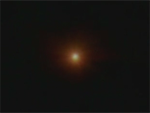 The first second of our history
The first second of our history
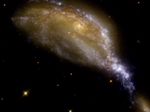 A small galaxy tears apart the large NGC 6745
A small galaxy tears apart the large NGC 6745
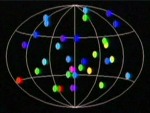 The mystery of gamma bursts
The mystery of gamma bursts
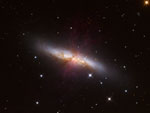 The Cigar Explosion
The Cigar Explosion
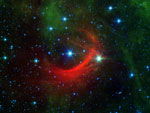 Shockwaves
Shockwaves
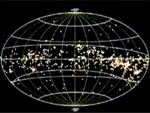 Gould's belt, a stellar fireworks display
Gould's belt, a stellar fireworks display
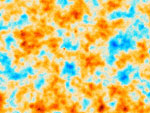 Recombination in cosmology
Recombination in cosmology
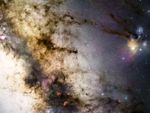 Journey to the center of our galaxy
Journey to the center of our galaxy
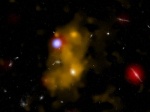 Lyman-alpha bubbles
Lyman-alpha bubbles
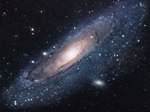 Andromeda in the ultraviolet
Andromeda in the ultraviolet
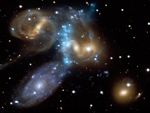 The most beautiful galaxy clusters
The most beautiful galaxy clusters
 Tinkerbell merger of three galaxies
Tinkerbell merger of three galaxies
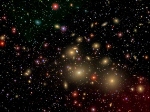 A gigantic black hole
A gigantic black hole
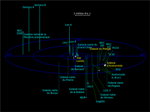 Enigma of coplanar galaxies
Enigma of coplanar galaxies
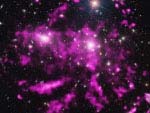 The cluster of galaxies Coma in its soup
The cluster of galaxies Coma in its soup
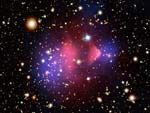 The cannonball, proof of dark matter
The cannonball, proof of dark matter
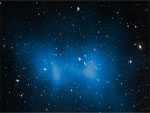 El Gordo galaxy cluster
El Gordo galaxy cluster
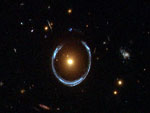 Einstein ring and cross
Einstein ring and cross
 How to measure distances in the Universe?
How to measure distances in the Universe?
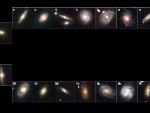 The Hubble sequence and types of galaxies
The Hubble sequence and types of galaxies
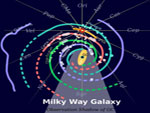 The spiral shape of the galactic arms
The spiral shape of the galactic arms
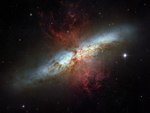 Even more stars, the Cigar galaxy
Even more stars, the Cigar galaxy
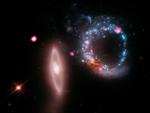 The Universe of X-rays
The Universe of X-rays
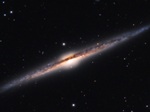 The most beautiful galaxies
The most beautiful galaxies
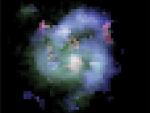 The oldest galaxies in the universe
The oldest galaxies in the universe
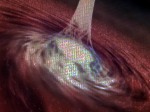 Quasars the nuclei of galaxies
Quasars the nuclei of galaxies
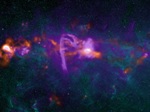 Sagittarius A black hole at the center of our Galaxy
Sagittarius A black hole at the center of our Galaxy
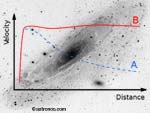 The MOND theory and its contradiction
The MOND theory and its contradiction
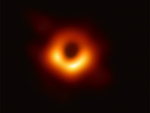 The first image of a black hole
The first image of a black hole
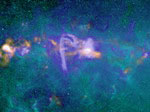 Central area of the Milky Way
Central area of the Milky Way
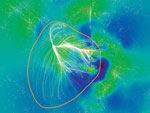 Laniakea, our supercluster of galaxies
Laniakea, our supercluster of galaxies